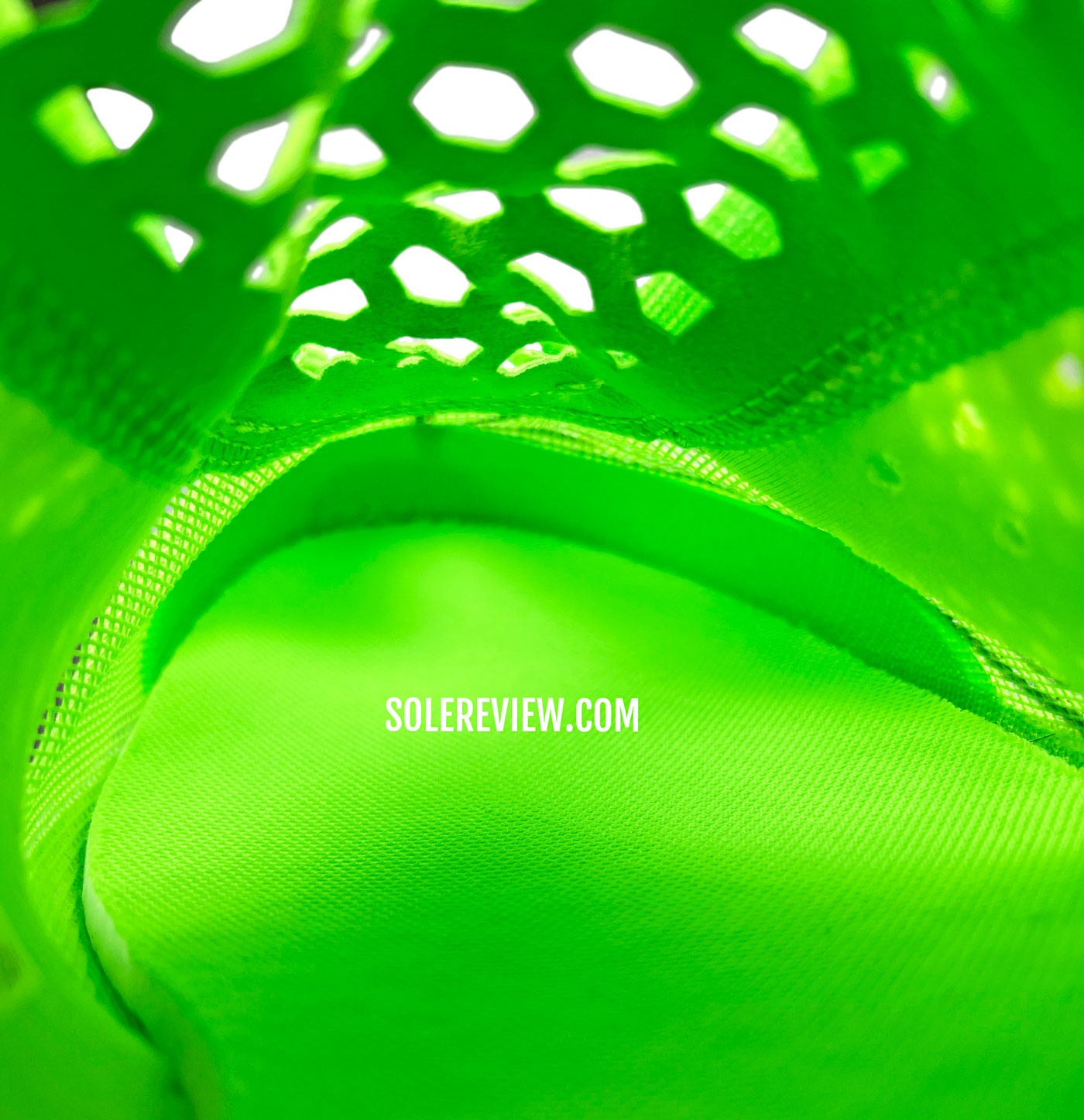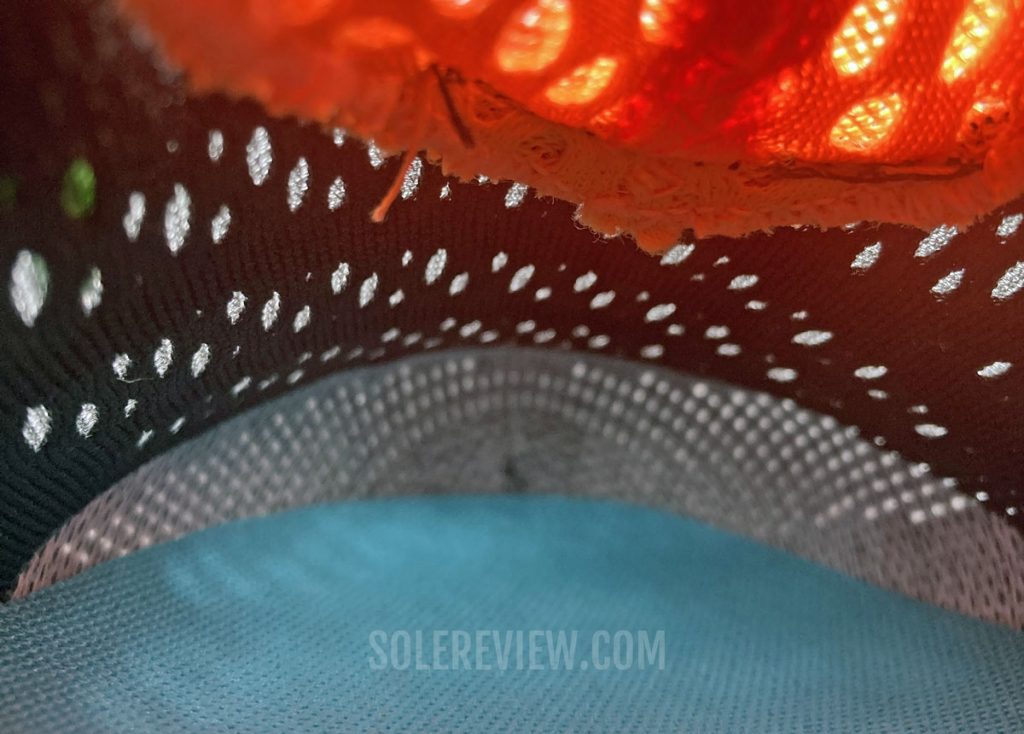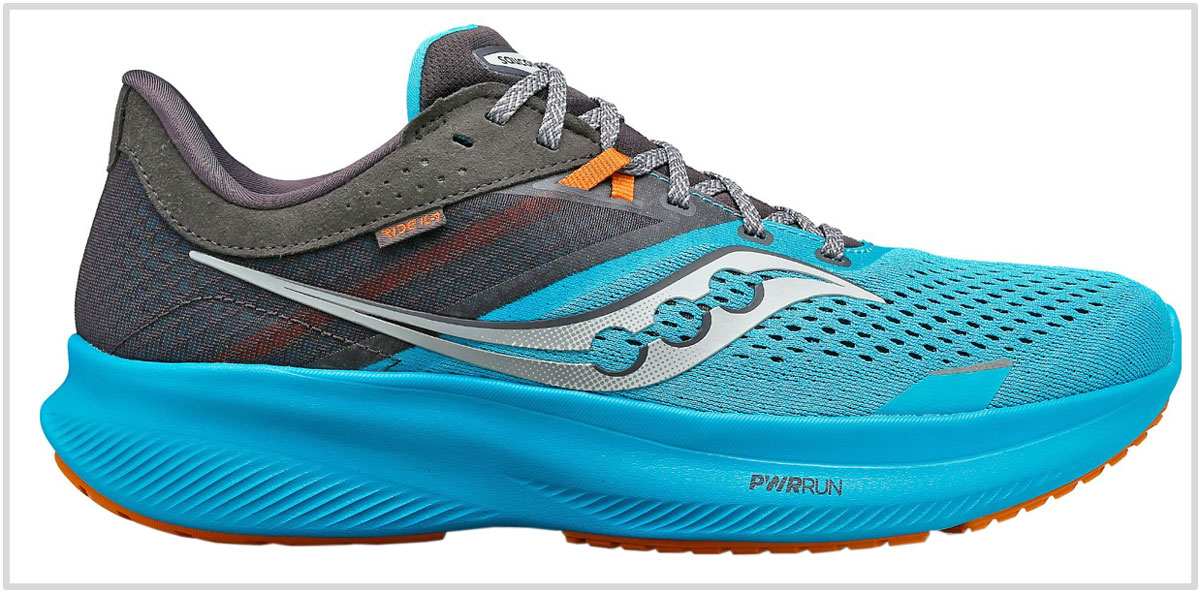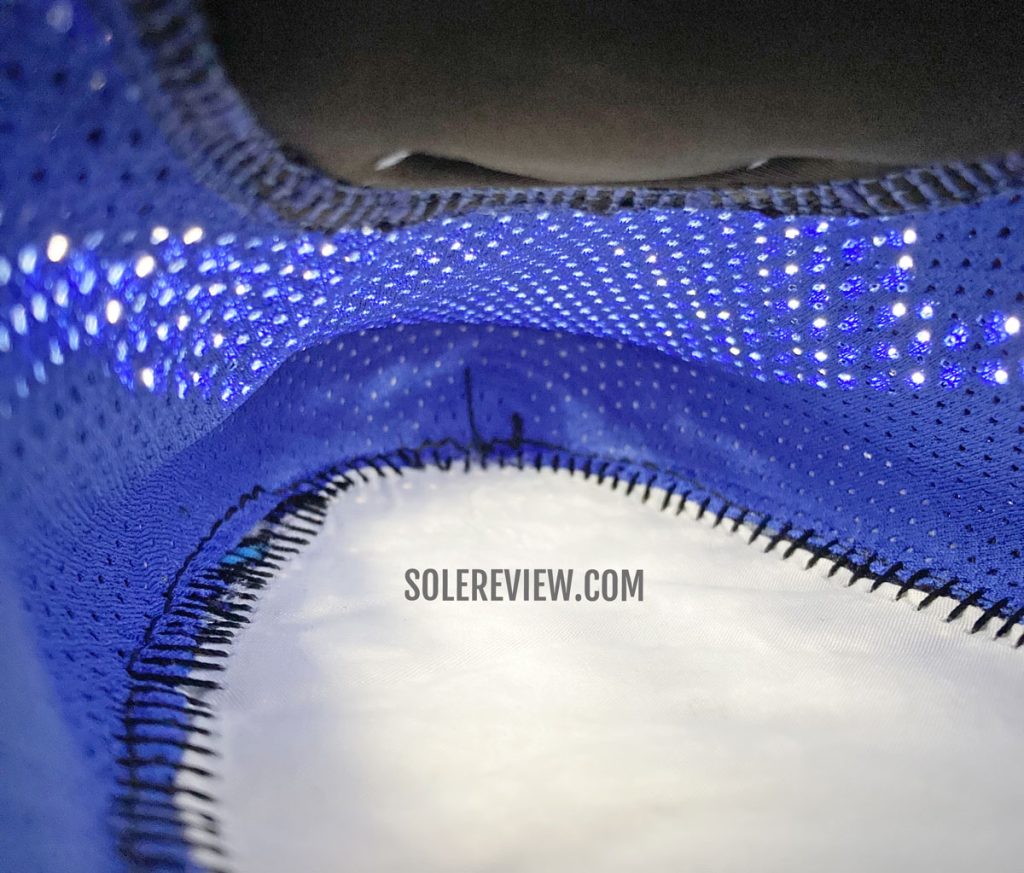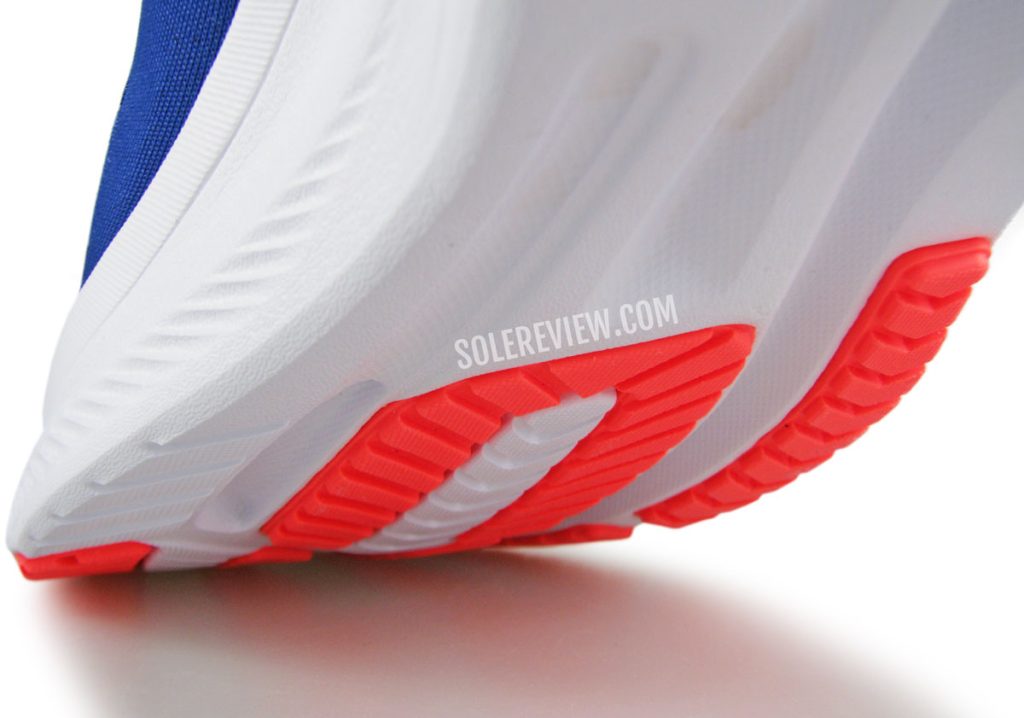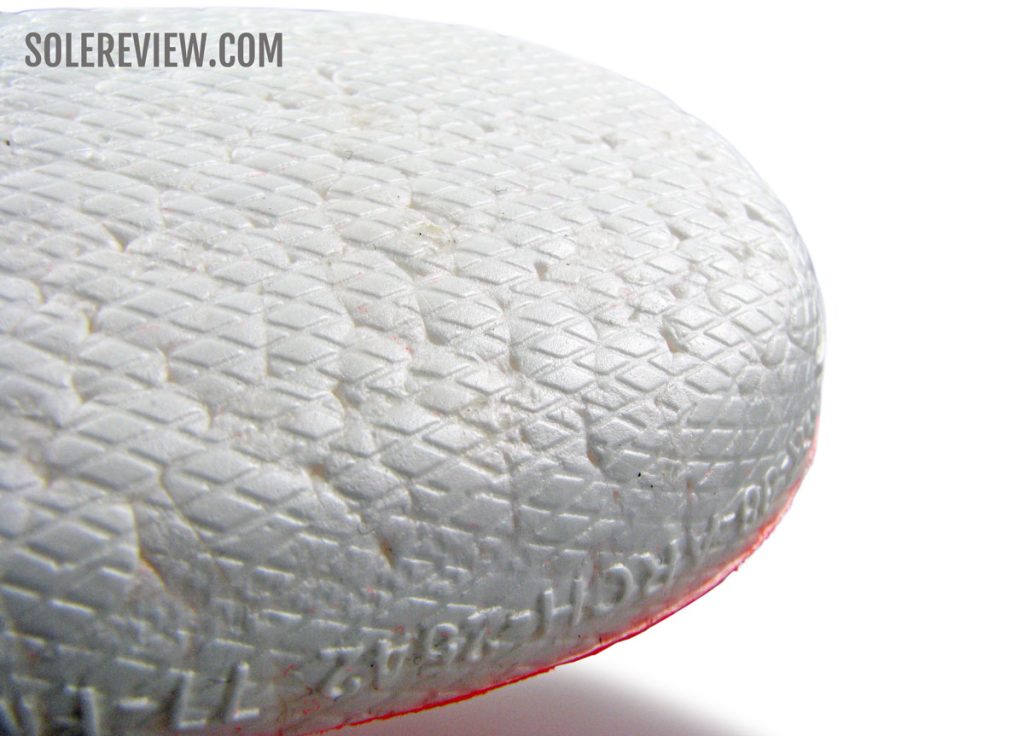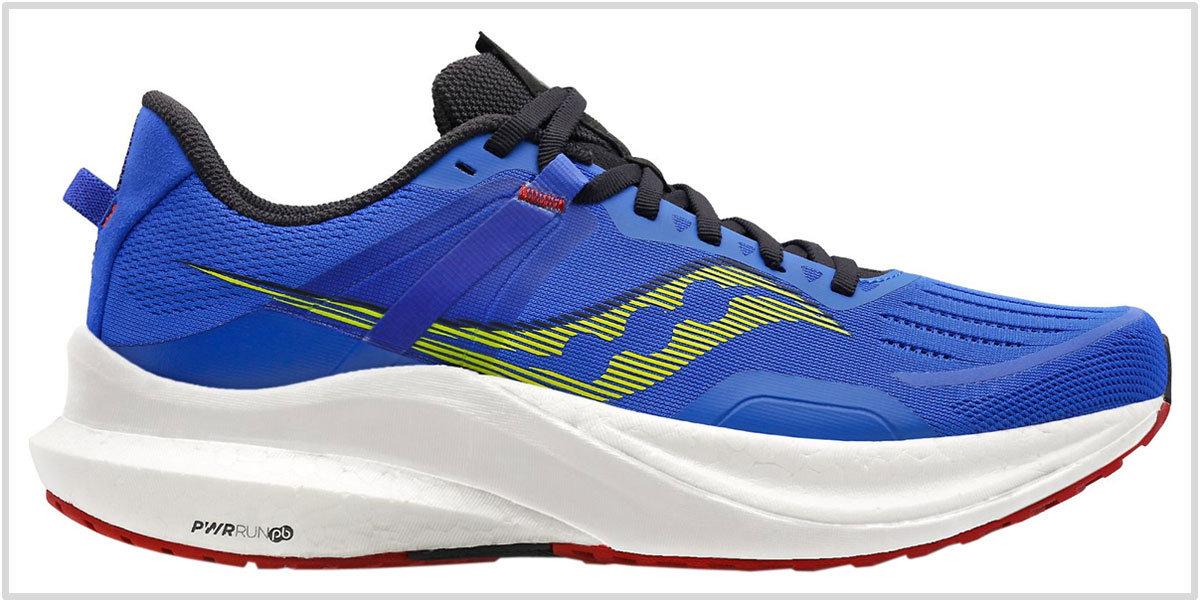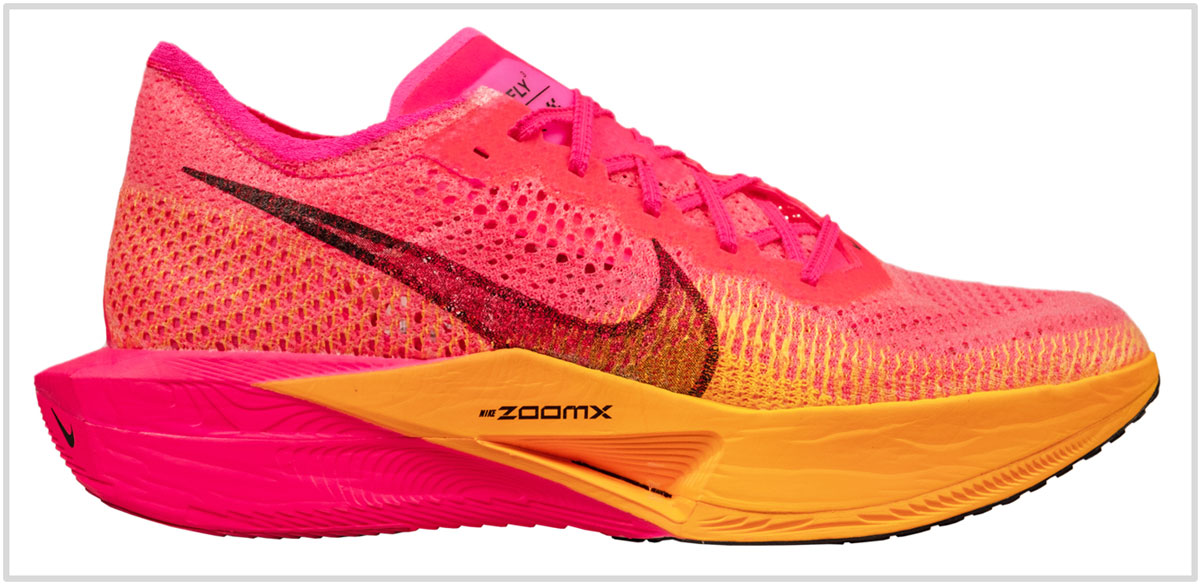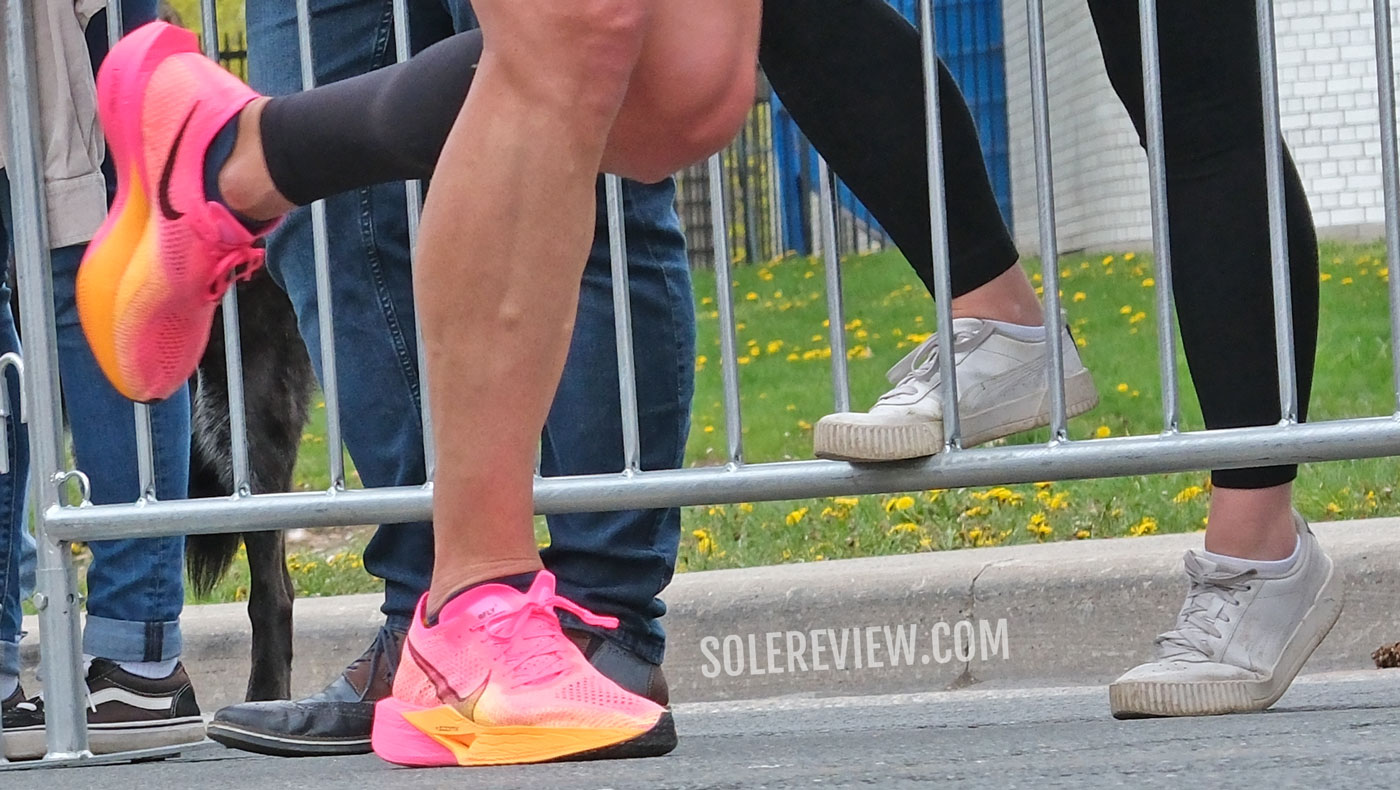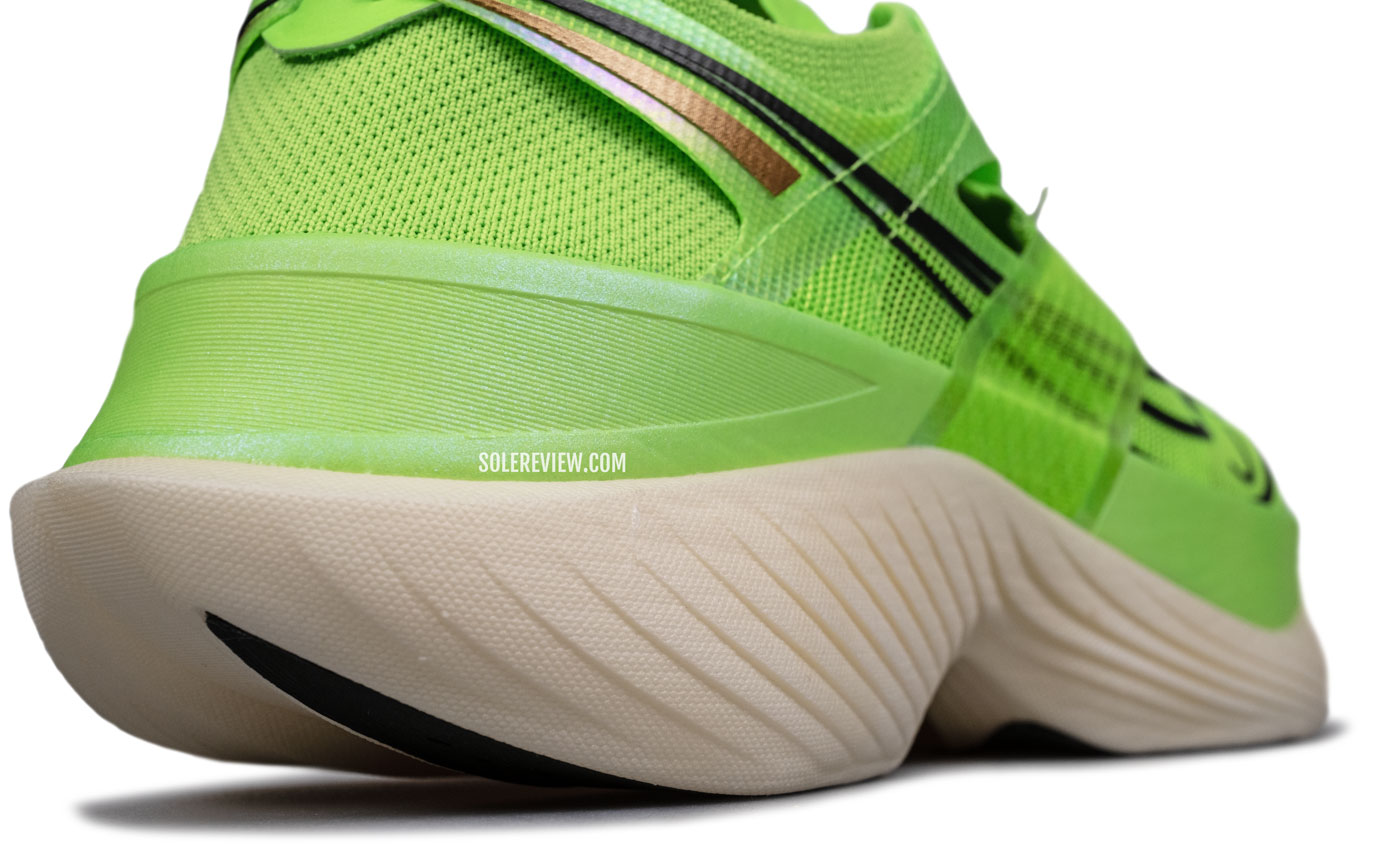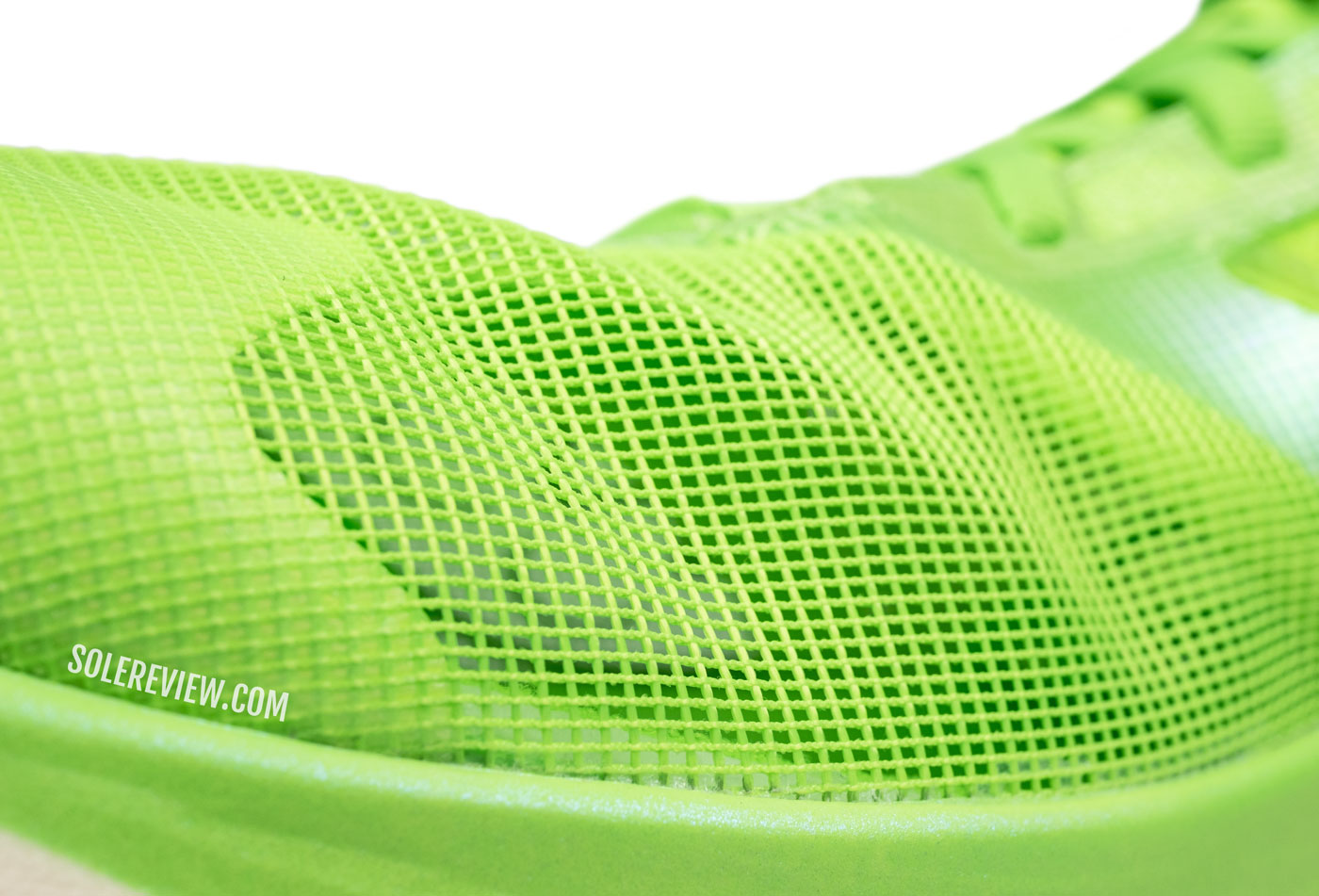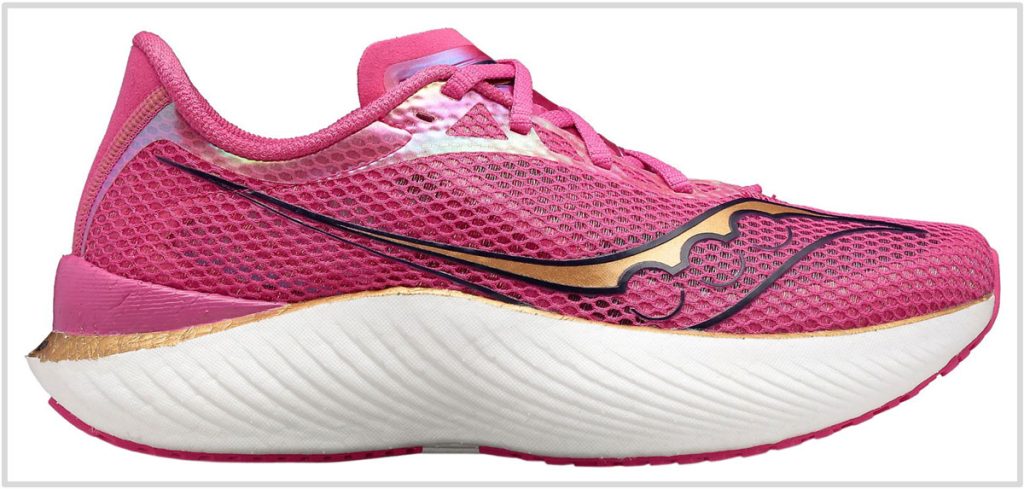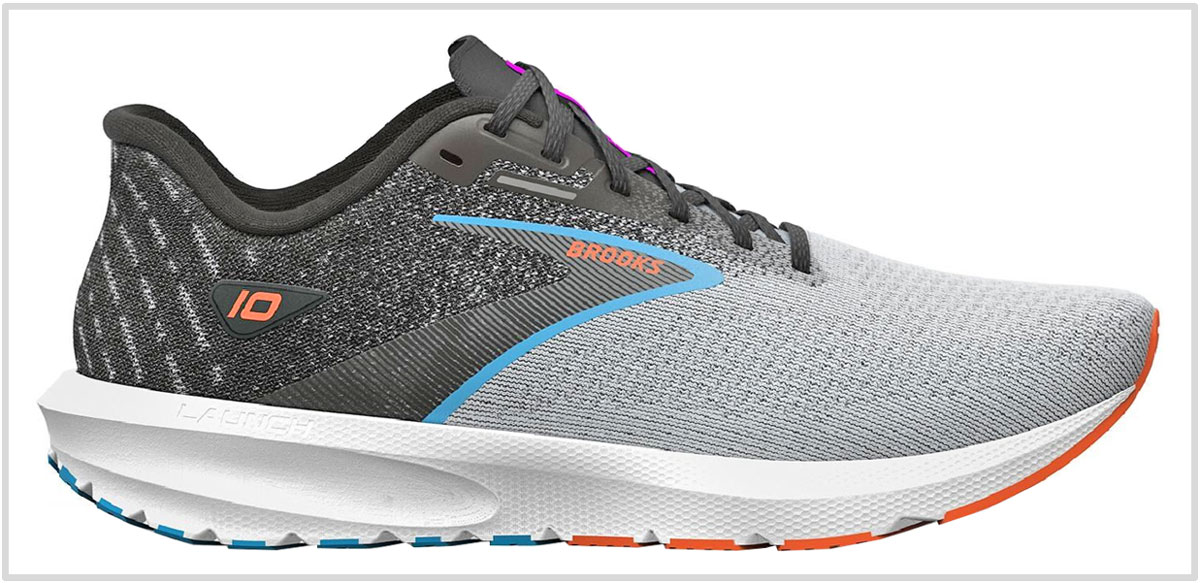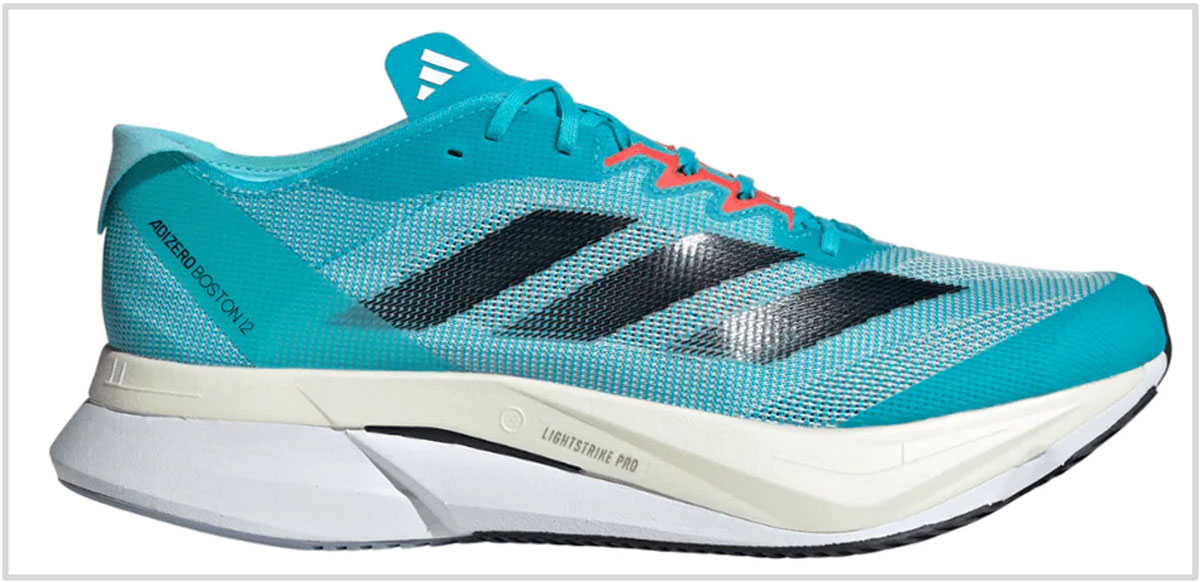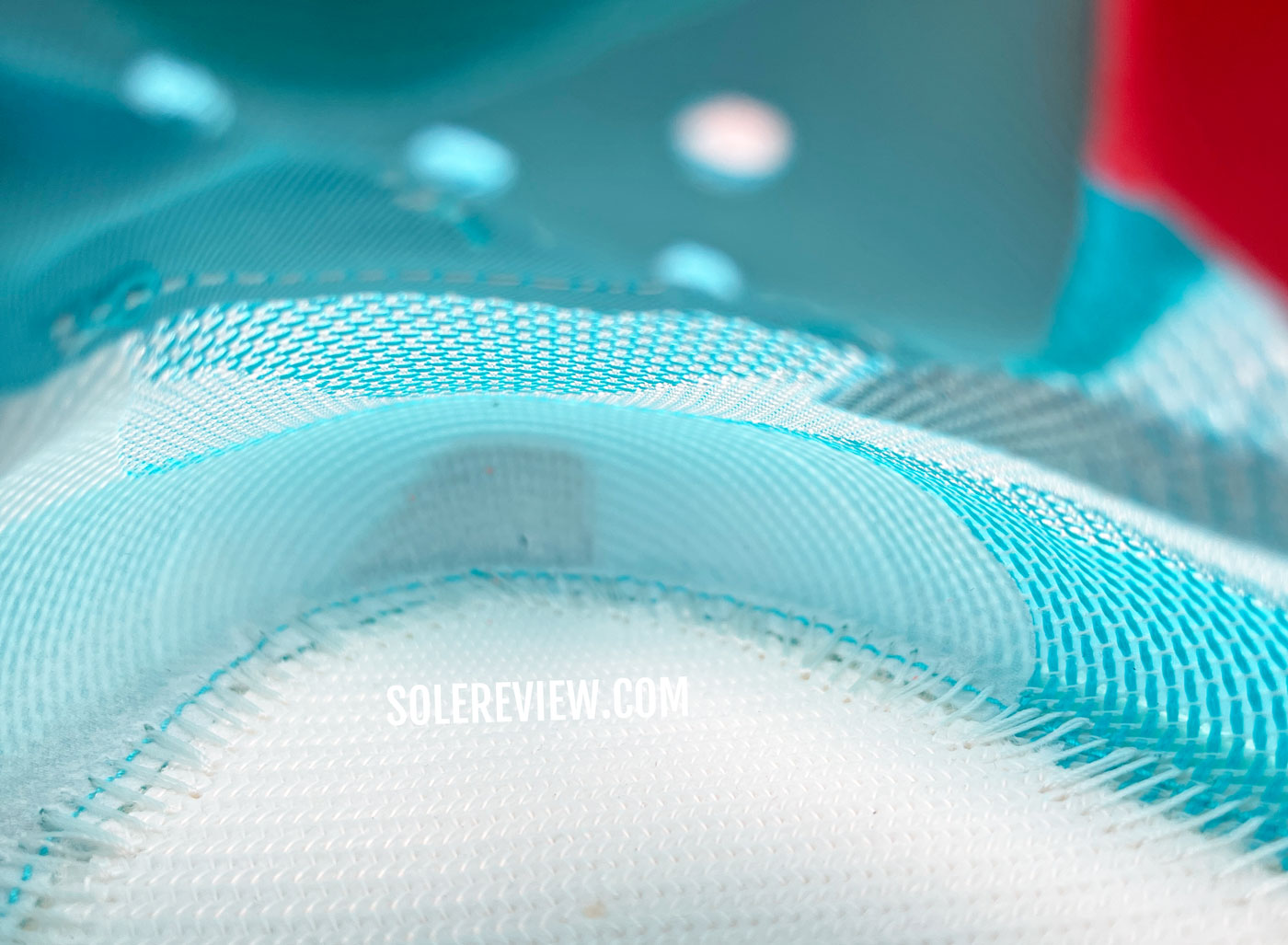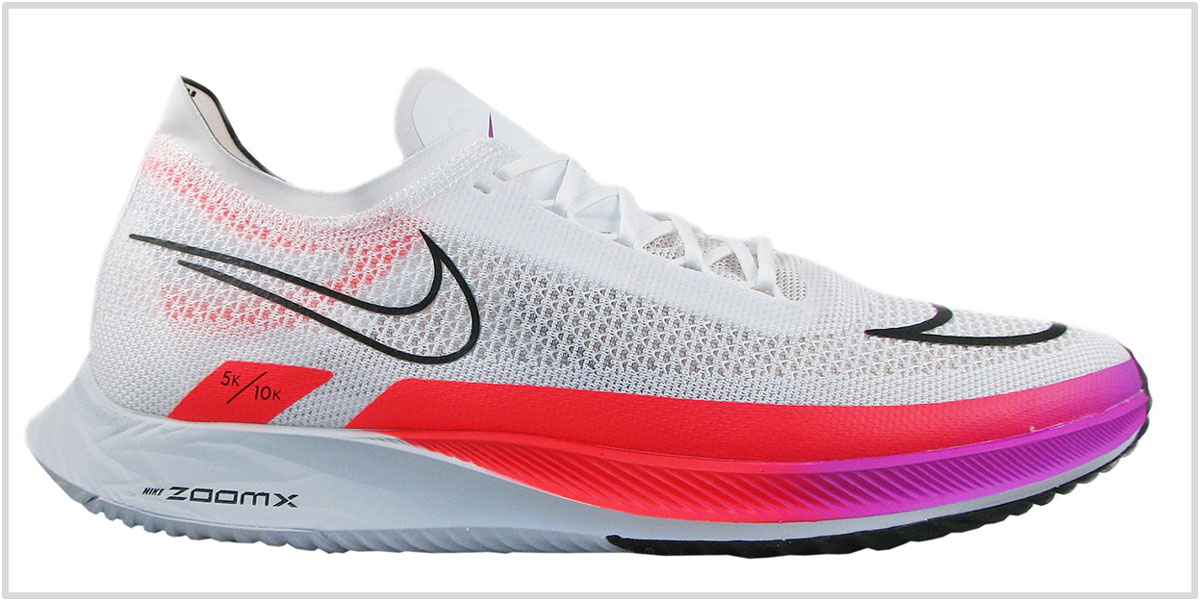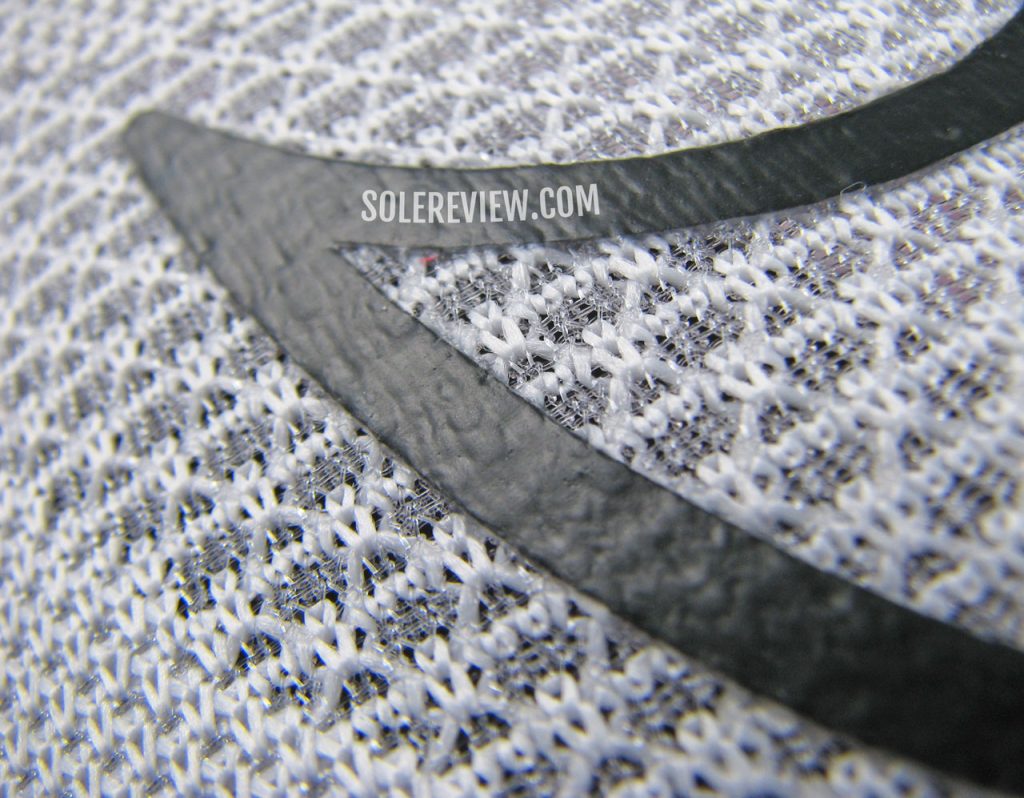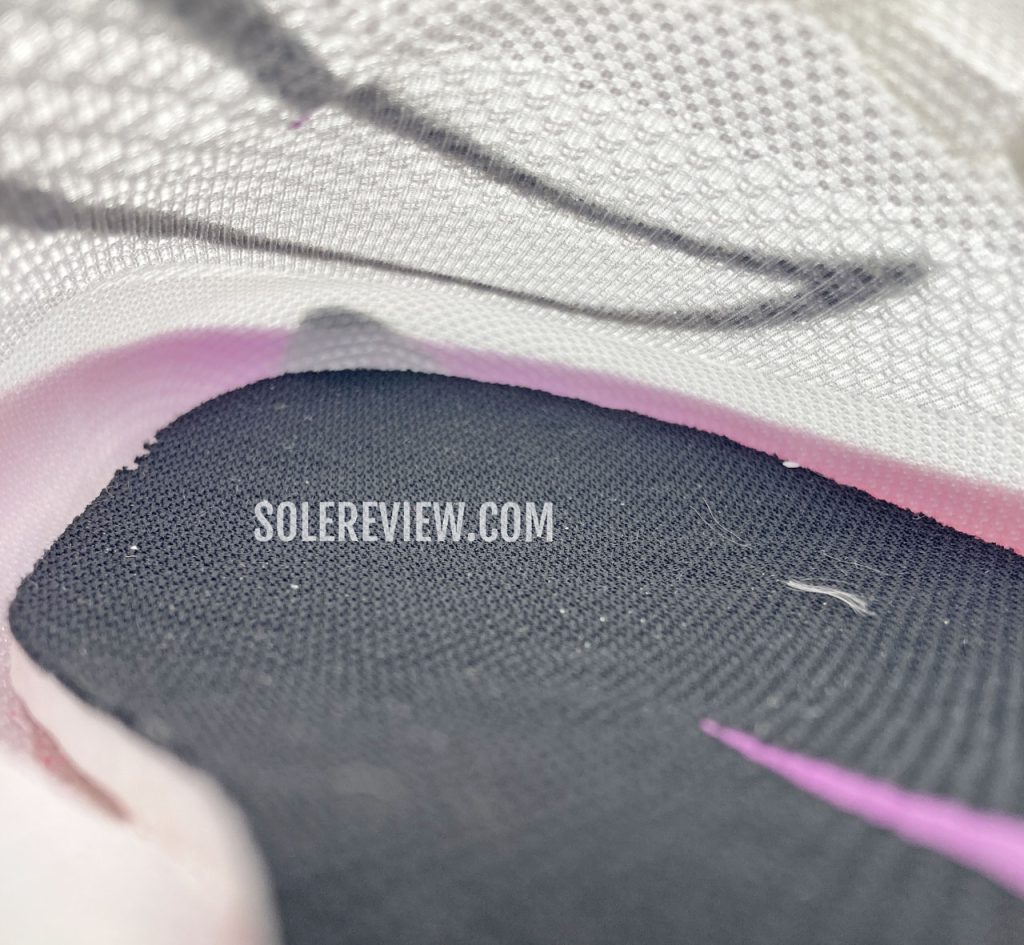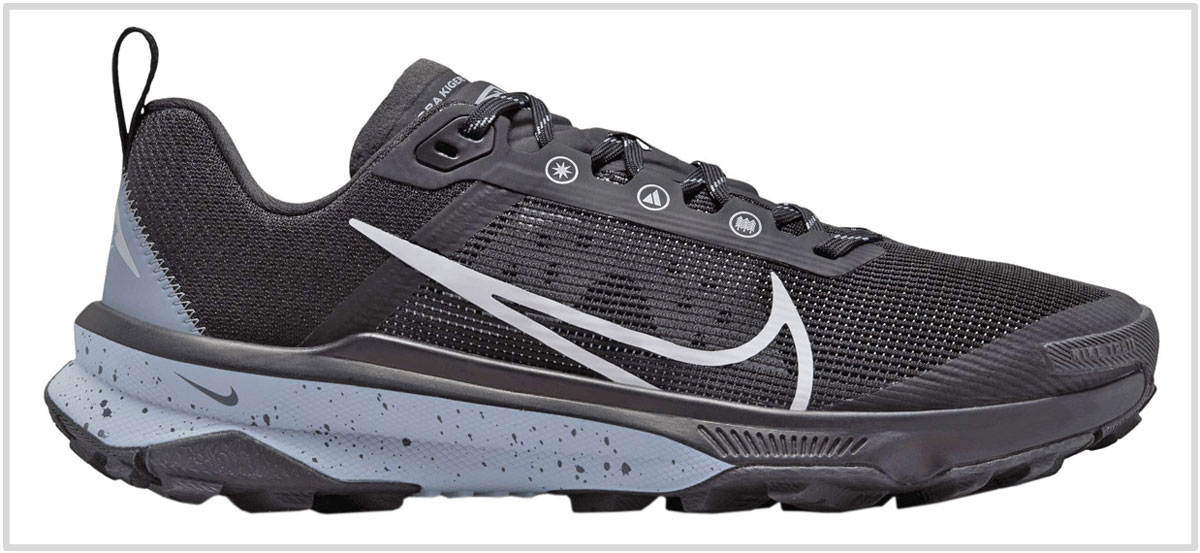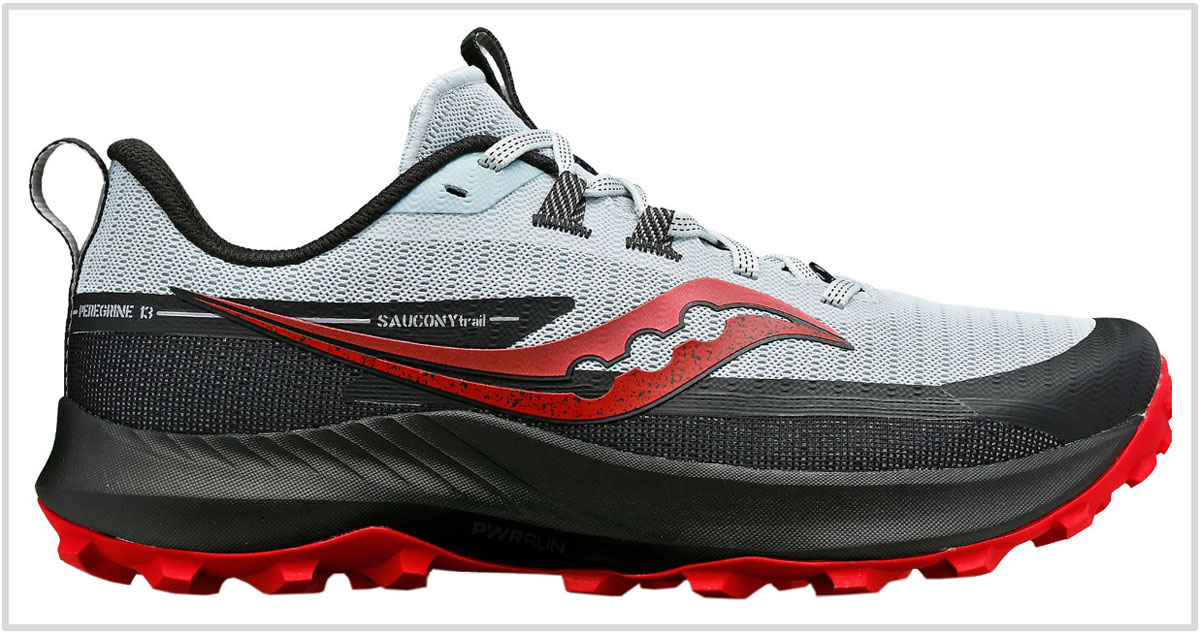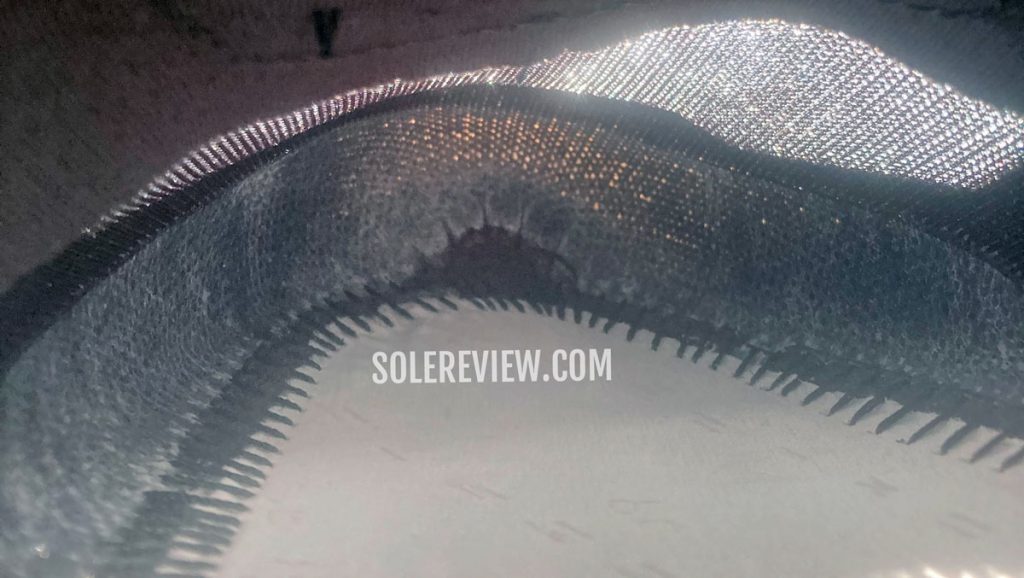This article has been updated with current models for August 2023. The adidas Boston 11, Brooks Launch 9, and Nike Vaporfly 3 have been replaced with their updated versions. The Asics Metaracer and Saucony Kinvara 13 have been removed.
In this product guide:
- 1. Factors to consider
- 2. Breathable everyday trainer: Saucony Ride 16
- 3. Breathable cushioned stability trainer: Saucony Tempus
- 4. Breathable marathon racer: Nike Vaporfly 3
- 5. Breathable marathon racer: Saucony Endorphin Pro 3
- 6. Breathable lightweight trainer: Brooks Launch 10
- 7. Breathable speed trainer: adidas Boston 12
- 8. Breathable speed trainer: Nike ZoomX Streakfly
- 9. Breathable trail runner: Nike Terra Kiger 9
- 10. Breathable trail runner: Saucony Peregrine 13
If it’s just apparel, dressing for summer running is easy. Wear a breezy top over a pair of running shorts, put on a cap, sunglasses, and sunscreen, and you’re good to go.
On the other hand, finding a summer-worthy running shoe is a slightly more complicated process.
Over the years, we’ve realized that determining the level of ventilation in a running shoe is somewhat of a dark art. After reviewing hundreds of shoes, a pattern has emerged – one that informs us how footwear ventilation works.
Where it gets confusing is that not all shoes that appear breathable pass muster under real-world conditions. The sensory aspect of ventilation is also equally important.
For example, many knit upper designs have a generously perforated surface. Based on outward appearances alone, these shoes should be very breezy. But some of these uppers are stretchy with a snug fit. Since the upper is in close contact with the foot, it feels hotter than a shoe with a regular mesh upper.
A more spacious forefoot makes the shoe feel cooler – even though the mesh may not be generously perforated.
It gets even more complicated. Even if the upper mesh isn’t stretchy and doesn’t have an inner sleeve, how a shoe fits around the midfoot also alters the perception of ‘hotness’. A shoe could have a super breathable forefoot but a stuffy midfoot makes the shoe feel warmer.
There’s more.
If a running shoe has an insole top cloth or a midsole geometry that results in friction, then heat is produced under the foot. That, or if we’re talking about a shoe where the midsole doesn’t offer sufficient thermal insulation from the warm road. Here, pancake-flat racing flats come to mind.
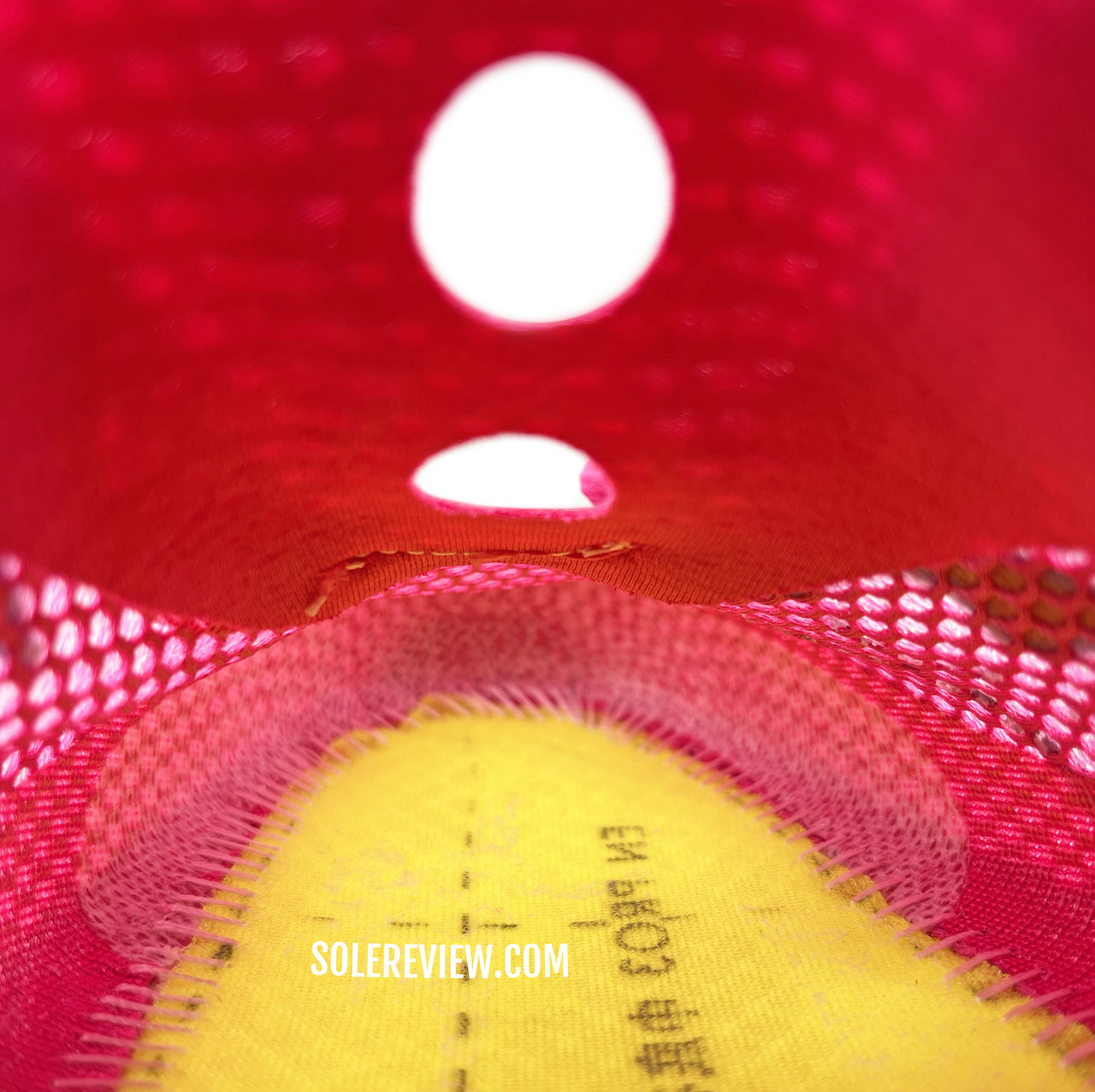
The large tongue vents of the Endorphin Pro 3 take ventilation to the max.
Even indoor running can get surprisingly warm – say, in cases of naturally-ventilated gyms without air conditioning. A treadmill inherently runs warm; given the high RPM of electronic treadmills, rubber belts acquire heat both through friction with the shoe and the warm motor.
Walking instead of running leads to different ventilation outcomes. A running shoe that breathes well at a 5:30 min/km pace may run warm during standing or walking.
If the principle sounds familiar, that’s because air-cooled combustion engines work in the same way. At slower speeds, air circulation becomes inefficient.
A scientific way of determining trapped heat would be to use an infrared thermal reader and measure the temperature of each shoe immediately after a run. But since we do not possess such an instrument, our recommendation is based on a sensory wear-testing experience.
Now that we’ve established the context, you’ll understand why we’ve excluded running shoes with elastic knit uppers. Sorry, adidas Ultraboost Light and Nike Free 5.0.
You also won’t see shoes with full inner sleeves here. That means that products like the Saucony Kinvara 14 and Brooks Glycerin 20 are out. The marathon racer category is a great place to discover well-ventilated shoes, so you’ll find a few of them in this guide.
At the same time, there’re many regular neutral trainers to pick from. To make it simple, we’ve grouped shoes under their categories.
Daily neutral trainers:
1) Saucony Ride 16
The Saucony Ride 16 has a similar breathable mesh as the last year’s Ride 15, and that makes this everyday workhorse excellent for warm weather.
The generously pored mesh keeps the interiors ventilated during runs. And even though the upper is sleeved, the thin porous fabric lets the air circulate.
The midsole is identical to what the previous model used, so there’s no difference in the ride quality. The midsole cushioning (still) has a firm undertone, but with plenty of ride comfort for up to a half-marathon.
The midsole stack also includes a thick insole that’s made entirely of expanded PU foam, or Pwrrun+. Just like the last time, the outsole has a transition groove that makes the loading process smoother.
The optimal blend of firm and soft makes it suitable for different pace ranges – be it easy cruising or slightly higher speeds of 4: 30 min/km or 7 min/mile.
The breezy upper fits true-to-size and is available in multiple widths.
2) Saucony Tempus
The Saucony Tempus is truly a unique running shoe. By combining an EVA foam frame with a PEBA (Pwrrun PB) midsole, the Tempus offers a stability running experience like none other. If you’re interested in a long read, our detailed review is here.
The EVA frame interlocks with the softer PEBA core to make the medial side more supportive, but without the bias of traditional stability shoes.
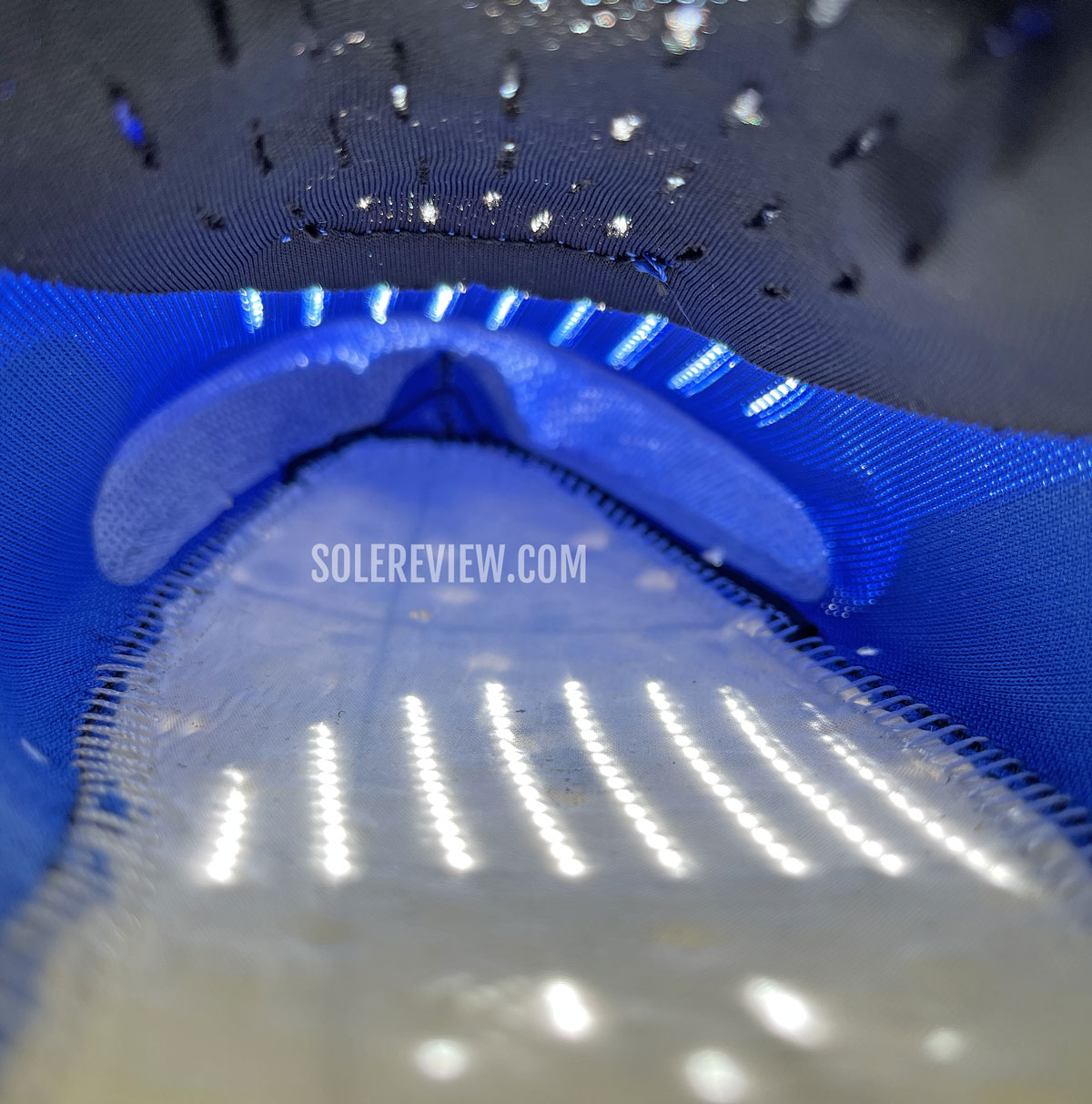
The vented upper of the Tempus is good news for breathability.
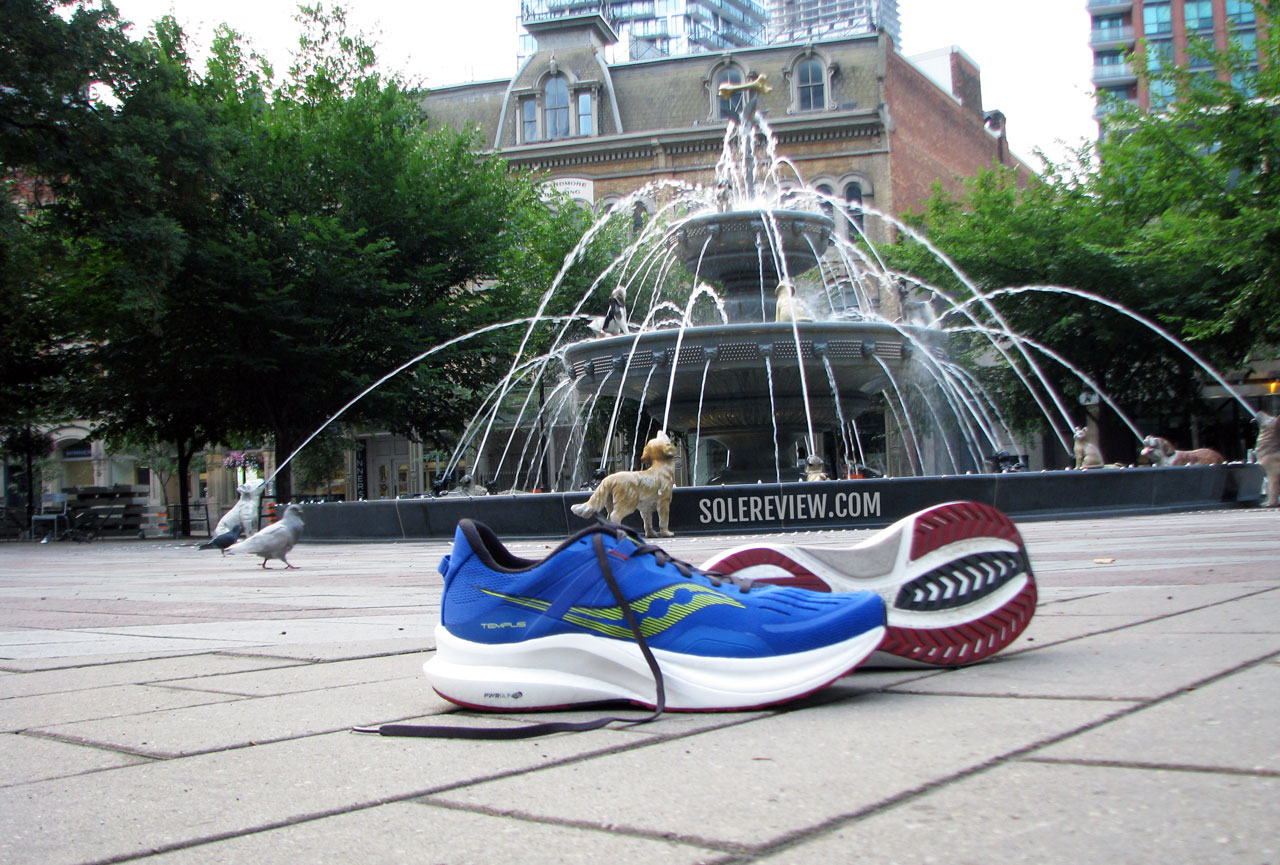
Given its novel construction, the Tempus works for most classes of runners. The inner midsole is more supportive, but the wide heel base makes the Tempus neutral as well. The Pwrrun PB midsole makes sure that’s there always enough cushioning to go around.
There’s another thing that the Tempus does well. The forefoot has built-in vents for air circulation, so this is an excellent daily trainer for the warmer months.
Cushioned marathon racers:
3) Nike Vaporfly 3
The Nike Vaporfly 3 is one of the best-ventilated racers that money can buy. And it’s going to cost you – $250 to be precise.
But when you spend that cash, you get a running shoe that’s not only hyper-cushioned and responsive, but also does an excellent job of preventing overheating.
The mesh upper is so porous, it’s like a see-thru screen. This sieve-like exterior also lacks an inner sleeve or lining, so there’s no barrier to air circulation.
This hyper-shoe’s claim to fame is a bouncy midsole made of the soft ZoomX foam and Carbon plate. The generous amount of ride comfort and springy snap of the plate makes the Vaporfly 3 an excellent shoe for long-distance runs.
However, the roomy forefoot fit makes it a downgrade from the Vaporfly 2, as the weaker lock-down dilutes the quality of forefoot transitions. We explained more about the changes in our detailed review.
Also consider: The Saucony Endorphin Elite.
Saucony has another marathon racer that’s positioned above the Endorphin Pro – the Endorphin Elite. The midsole is also carbon plated, but unlike the Speed and Pro, the plate has a fork-like design under the forefoot. This gives the plate better mobility inside the soft and bouncy Pwrrun HB midsole.
The ultra-lightweight upper is also extremely breathable because of the vented mesh. Most of the marathons take place between Spring and Fall, so the Endorphin Elite’s breathable upper is just right for those events.
4) Saucony Endorphin Pro 3
The Saucony Endorphin Speed 3 is very breathable, and the Endorphin Pro 3 is even more so. Not only do the large vents on the mesh upper let the air circulate inside freely, but the redesigned tongue also has massive vents to help with the airflow.

The large tongue vents of the Endorphin Pro 3 make the interiors very breathable.
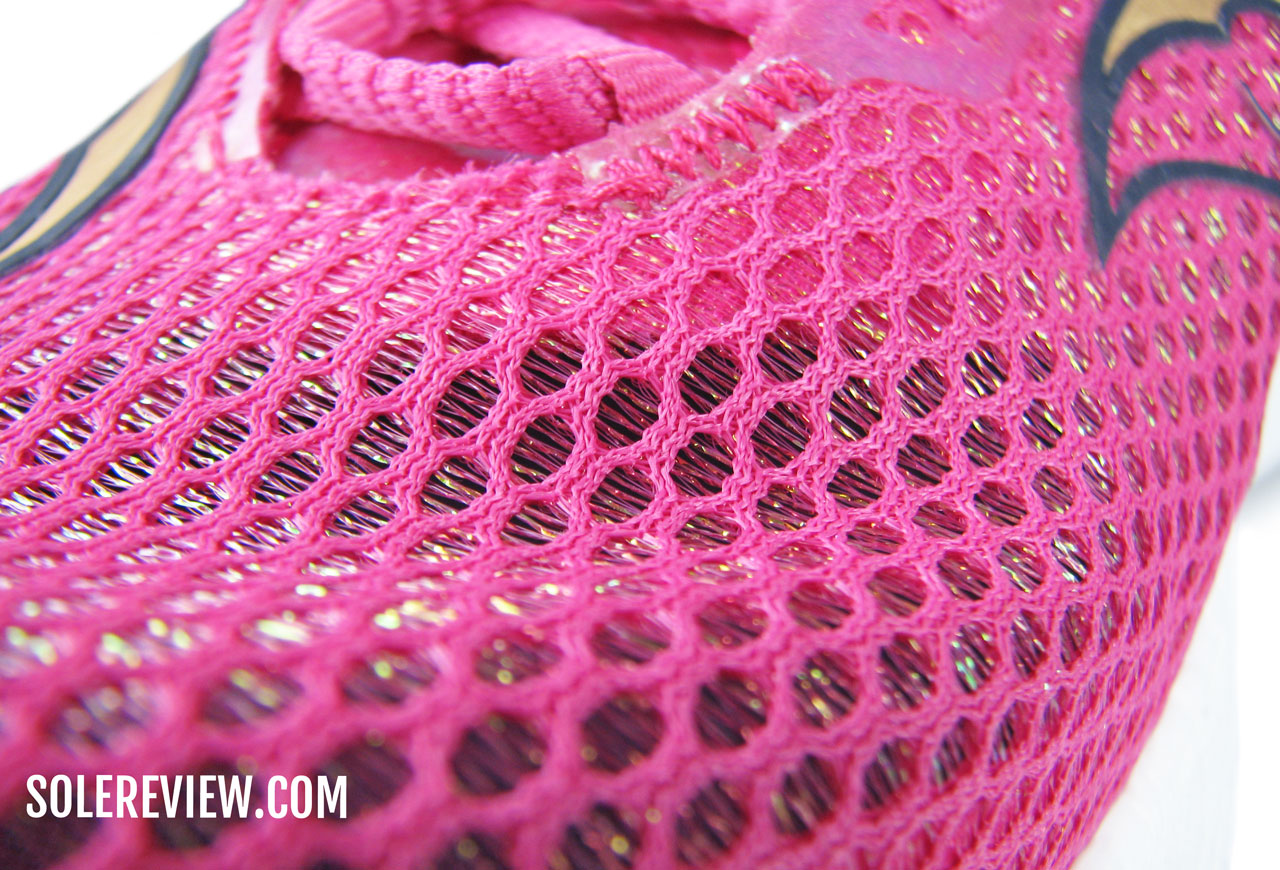
The thin mesh excels at keeping the feet cool.
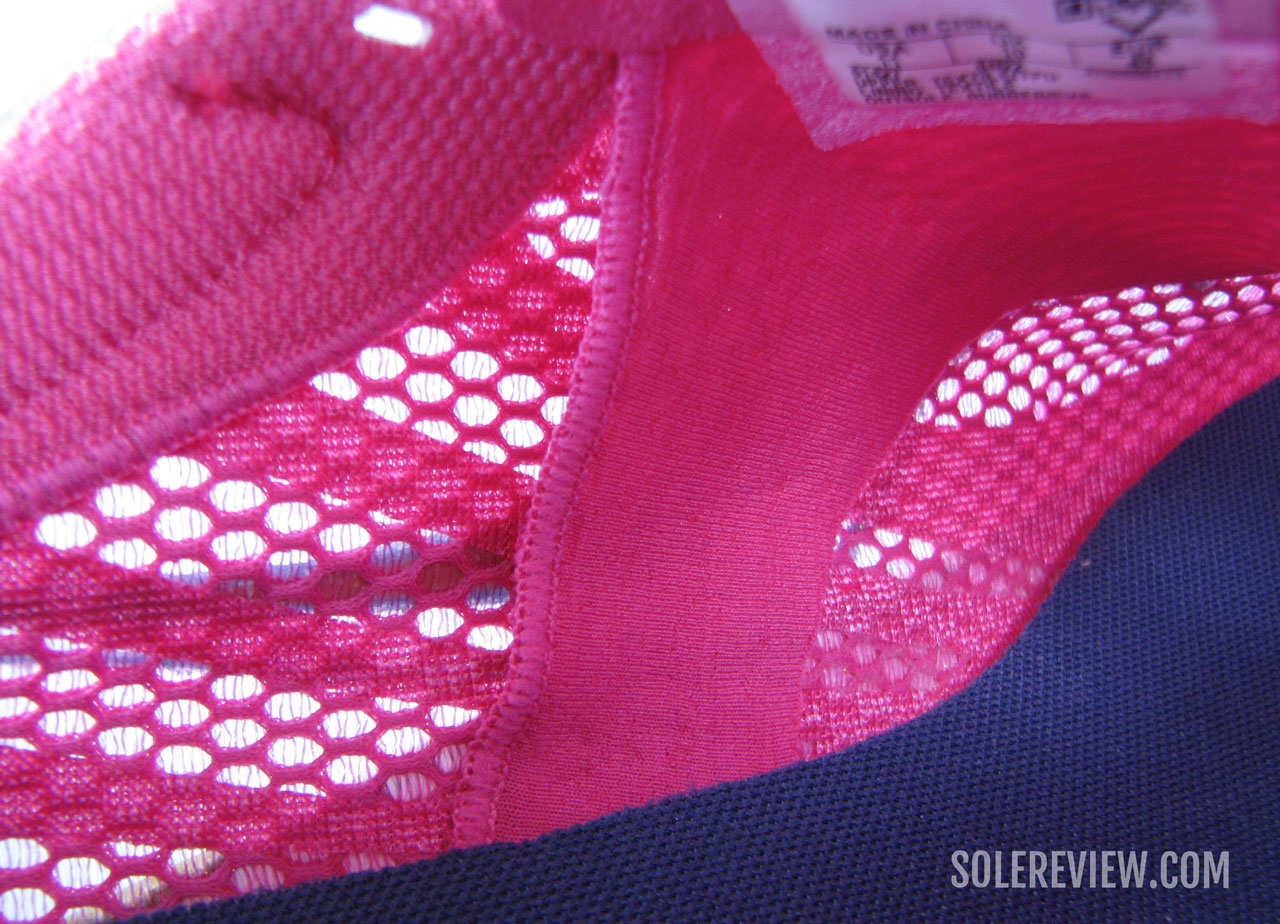
The use of lightweight mesh materials and linings helps with air circulation.
The lack of layering on the deconstructed-style upper results in a lightweight wearing experience.
If you don’t know what kind of shoe the Endorphin Pro 3 is, here’s a quick summary. The Endorphin Pro 3 has a full-length Carbon plate inside a soft, bouncy, and lightweight midsole made of a high-performance PEBA foam that Saucony calls Pwrrun PB.
From a ride viewpoint, that translates into a cushioned and responsive midsole that’s comfortable enough for marathons and high-mileage training.
In our in-depth review, we covered all the changes that are a part of the new Endorphin Pro 3. The midsole is taller and wider for a higher level of stability and ride comfort; the Pro 3 also gets a Pwrrun+ insole this time.
Lightweight trainers:
5) Brooks Launch 10
In the past, the Brooks Launch used to be a firm trainer designed for high-speed training. In recent years, the Brooks Launch has gone through a significant design transformation. The Brooks Launch 8 was the turning point for this series.
Like the Brooks Launch 8 and 9, the versatile Launch 10 appeals to a broad segment of runners. The DNA foam (and EVA blend) is sufficiently comfortable for daily runs. At the same time, the low-profile midsole works for tempo runs.
The Brooks Launch 10 is only an upper-only refresh, so it’s based on the identical midsole and outsole as the Launch 9. The lightweight upper construction makes the inside well-ventilated; the engineered mesh shell isn’t very thick, so it allows for unrestricted air circulation.
As a bonus, the lightweight mesh upper disappears on the feet during runs.
Breathable speed trainers:
6) adidas adizero Boston 12
The Boston (along with the Adios) was always a breathable shoe, but the Boston 12 is more breathable than the 11. That’s due to the more spacious interior that allows for better air circulation.
Under the airy upper is a dual-density midsole that uses adidas’s ‘Lightstrike Pro’ foam. It’s a resilient foam (TPE, perhaps?) that makes the ride soft and comfortable for long-distance training.
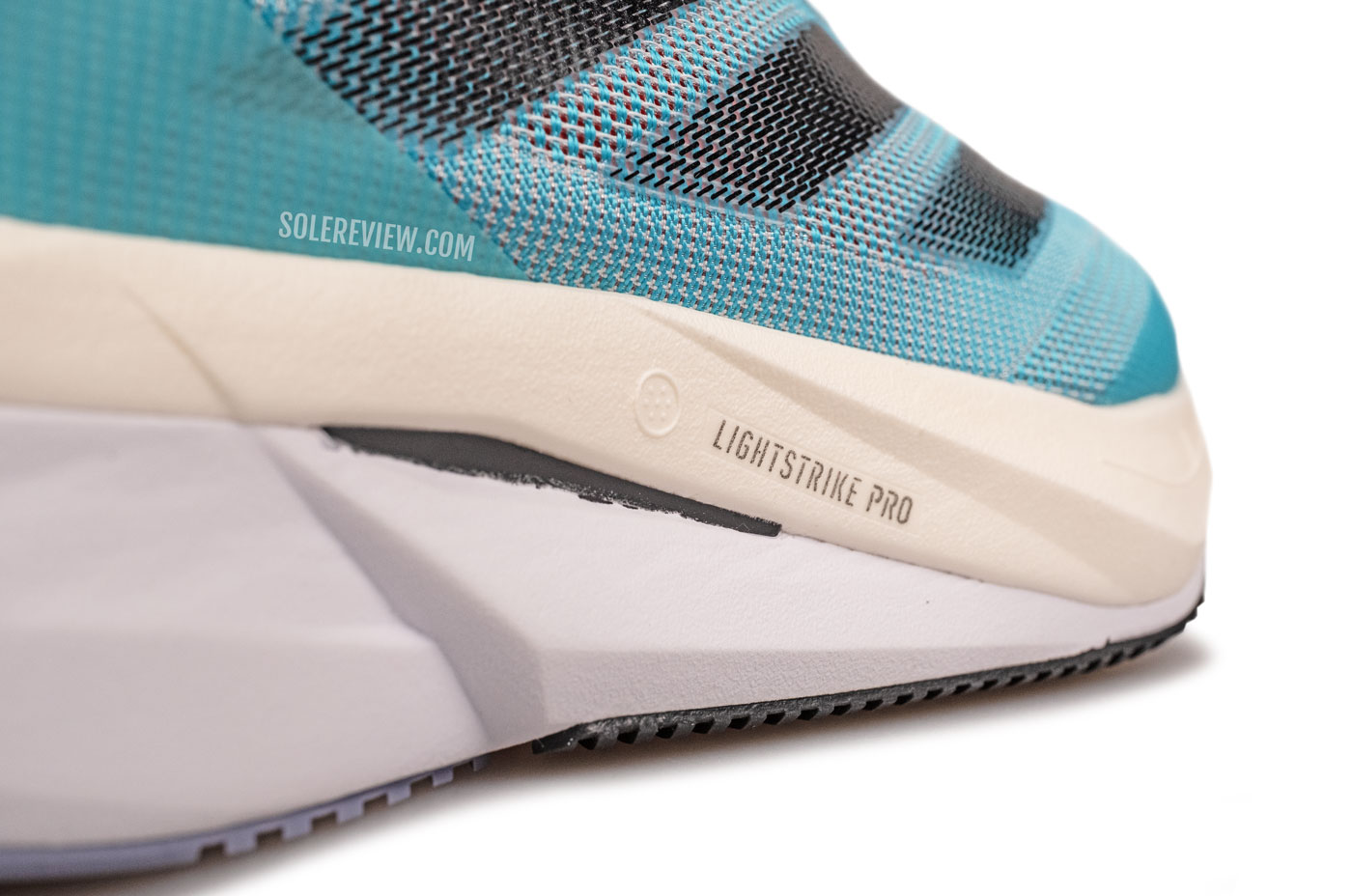
The Lightstrike Pro foam is soft right out of the box. However, the Energy rods need around 50 miles to bed in.
Despite the high stack heights, the Boston 12 delivers on its brief. It’s a cushioned trainer that’s also tempo-friendly. Here’s our full review of the Boston 12.
That’s made possible by the Nylon ‘Energyrods’, heel board, and the firm ‘Lightstrike’ EVA base that makes swift transitions happen. The excellent grip of the Continental outsole helps with planted transitions and take-offs.
The Boston 12 is noticeably softer in the rearfoot when compared to the Boston 10 and 11. This increases the ride comfort on long-distance runs, but dilutes some of the touch-and-go feel that the firmer Boston 10 and 11 had.
Also see: The adidas adizero adios 8.
7) Nike ZoomX Streakfly
This hyper-lightweight road racer uses a thin mesh upper that’s great at air circulation. There’s no inner sleeve or superfluous layers of lining – just a breathable exterior that keeps the insides ventilated during high-speed runs.
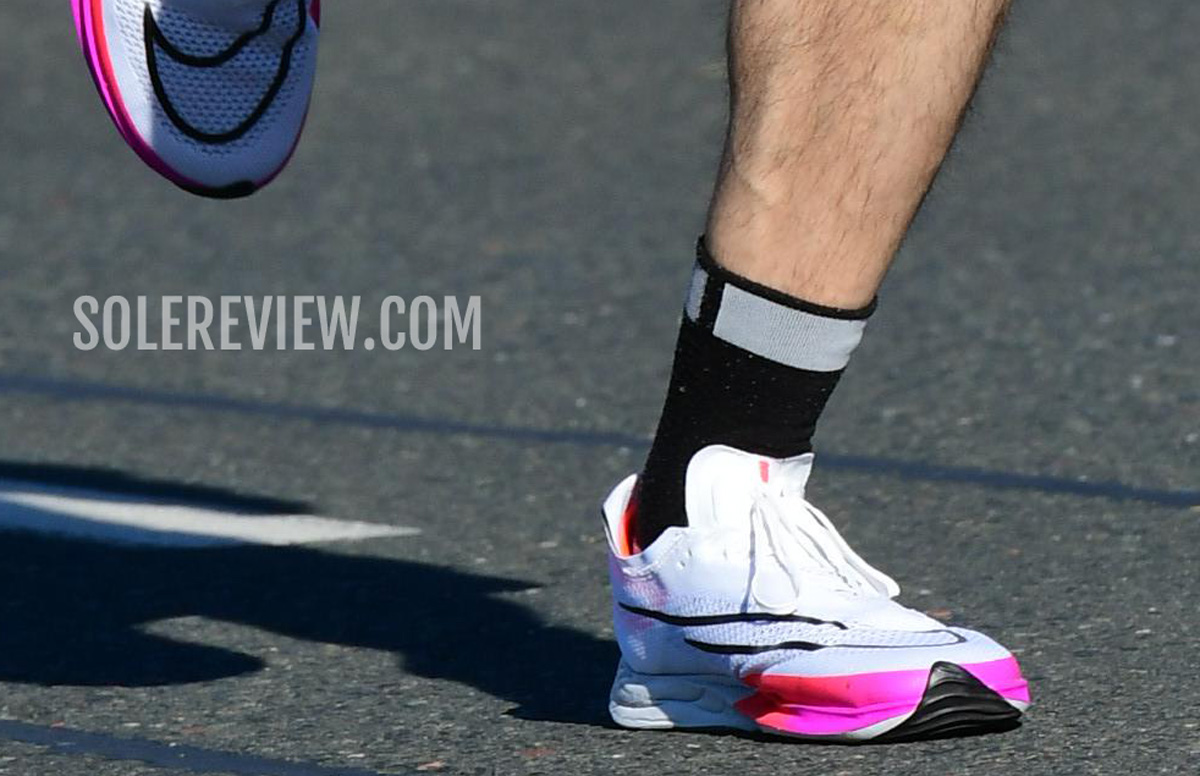
As the name suggests, the midsole is made entirely of ZoomX foam, the same cushioning material that’s used on the Vaporfly Next%. There’s a stiff shank under the midfoot to make the transitions efficient.
With these components, the Streakfly offers the best of both worlds – a soft and lightweight ride with a sense of quickness. Our full review of the Streakfly is here.
Breathable trail running shoes:
8) Nike Terra Kiger 9
The Terra Kiger 9 is one of the most well-ventilated trail running shoes on the market. Even the Terra Kiger 8 excelled in that area, and we’re happy to see the newest model is equally breathable.
It’s easy to see why the upper does such a good job with air circulation. Most of the upper is made of vented mesh, and very few overlays crowd the exterior.
The outsole lip doubles as the toe guard – a feature that we loved on the Pegasus Trail 3 – and there’s a fused splash guard. Other than that, the forefoot and midfoot are constructed of open-pored mesh. Of course, this isn’t great for dusty trails, but excellent for summer trail runs.
As a trail running shoe, the Terra Kiger 9 is good for non-technical terrain. The React foam midsole adds ride comfort, whereas the two-piece outsole grips well on packed trails.
Nike recommends the Kiger 9 for technical trails, but we beg to differ. The Kiger 9 removes several features from the Kiger 8, including a rock plate, forefoot Zoom Air bag, and better outsole coverage. Even the Kiger 8’s better-layered upper offered greater protection.
Between the Kiger 8 and 9, we’d pick the previous model. Both versions are very breathable, so you can’t go wrong with the Kiger 8 either.
9) Saucony Peregrine 13
While the Peregrine 13’s upper is protected by the fused toe bumper and side logos, the exterior is made of a lightweight and breathable mesh. Also, the soft and thin tongue doesn’t smother the foot and lets the air circulate. A metal D-ring on the forefoot allows a gaiter to be attached; this is a feature that the Nike Terra Kiger lacks.
Besides the lightweight and breezy upper, there are other things that the Peregrine 13 does well.
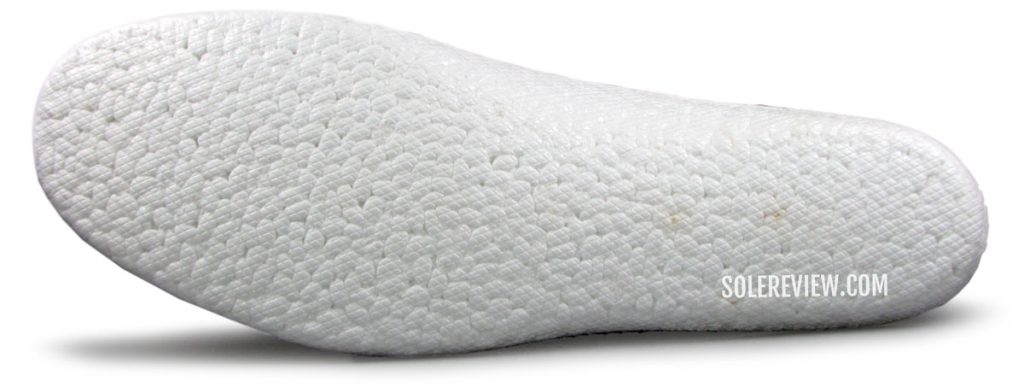
Everun, Pwrrun+ – call it whatever you will. The unique insole is not EVA foam, but steam-expanded Polyurethane.
The removable insole is now made of the bouncy E-TPU foam that Saucony calls Pwrrun+, and the Pwrtrac outsole works together with the rock plate for a protective ride that promotes proprioception.
The end product is a versatile trail running shoe that’s suitable for most trail run categories and mileage ranges. The Peregrine 13 has a redesigned midsole and upper, but its off-road behavior is very similar to the last year’s Peregrine 12.
Do you own any of these shoes? Improve this review by sharing your insights – submit a review here.

